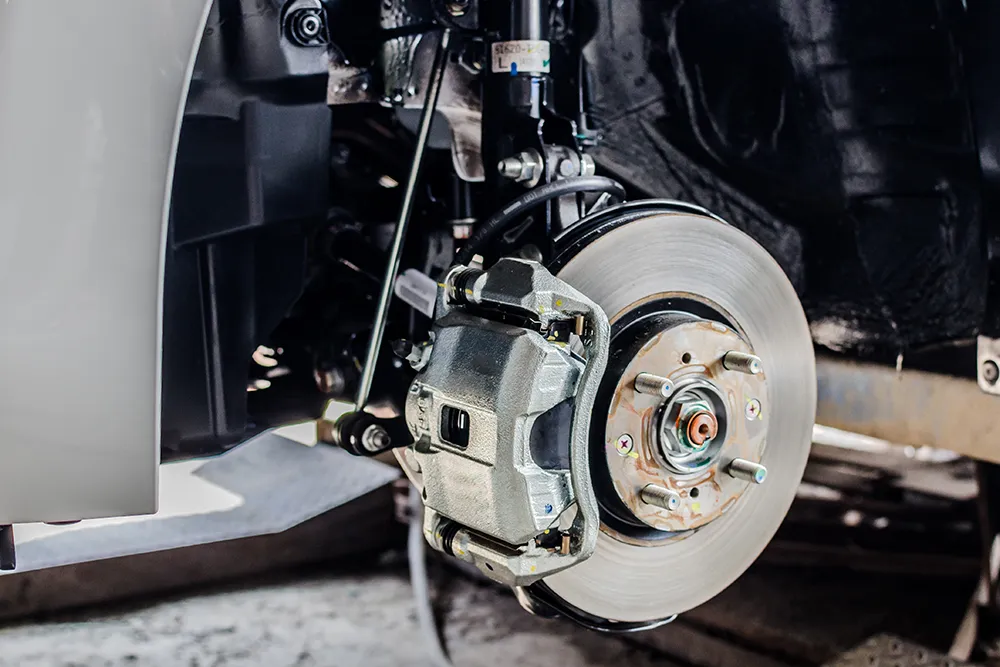Brake pads generate the friction needed to safely slow down or stop your vehicle. Over time, brake pads wear down due to heat, friction, and general use, necessitating replacement to maintain optimal braking performance. We’ll discuss the signs that indicate it’s time to replace your brake pads, empowering you to stay proactive with your vehicle maintenance and ensure your safety on the road.
Squealing Or Grinding Noise
One of the most common signs of worn brake pads is a high-pitched squealing or grinding when you apply the brakes. The wear indicator, a small metal tab built into the brake pad that makes contact with the rotor when the pad wears down to a certain level, causes this noise. Ignoring this warning sign can further damage your brake system and compromise braking performance.
Reduced Braking Performance
If you notice that your vehicle takes longer to come to a stop or requires increased pressure on the brake pedal, it could indicate worn brake pads. As brake pads wear down, they become less effective at generating friction, reducing braking performance. Promptly addressing this issue maintains safe driving conditions and prevents accidents or collisions.
Visible Wear On Brake Pads
Visual inspections of your brake pads can help you determine their condition and whether they need replacement. Remove the wheels and inspect the brake pads through the caliper housing or wheel spokes. If the pad material is less than 1/4 inch thick, it’s time to replace them. Look for signs of uneven wear, cracking, or damage, which may indicate underlying issues with your braking system.
Dashboard Warning Lights
Many modern vehicles are equipped with dashboard warning lights that illuminate when there’s an issue with the braking system. If you see the brake warning light or the ABS (Anti-lock Braking System) warning light illuminated on your dashboard, have your brakes inspected by a qualified mechanic as soon as possible.
Recognizing the signs to replace your brake pads maintains safe driving conditions and prolongs the lifespan of your braking system. By staying vigilant for warning signs such as squealing or grinding, reduced braking performance, visible wear on brake pads, and dashboard warning lights, you can address brake pad wear promptly and ensure reliable braking performance mile after mile. Consult a qualified mechanic for brake pad replacement and adhere to manufacturer-recommended maintenance intervals to keep your vehicle operating safely on the road.

